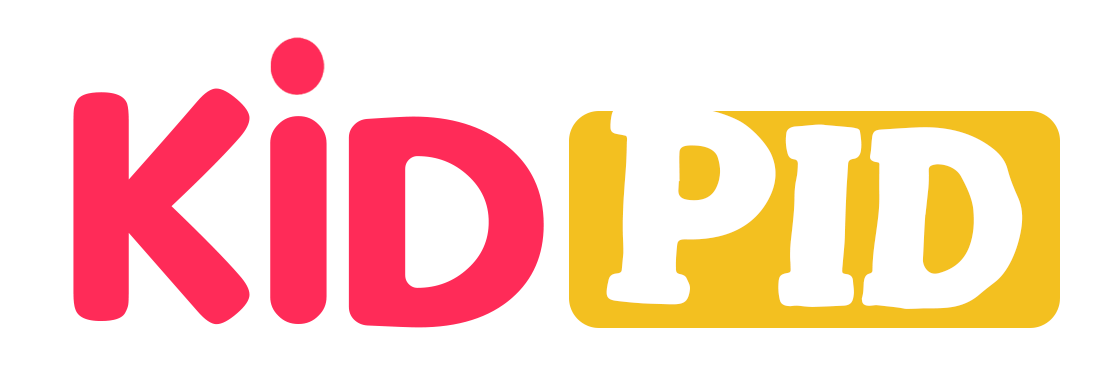The respiratory system helps us breathe and stay alive. It brings in oxygen, which our body needs, and removes carbon dioxide, a waste gas. Important body parts like the nose, throat, windpipe, and lungs work together in this process. Learning about breathing helps us understand how our body gets the energy it needs.
[Scroll Down for Download Link]
Respiratory System for Kids: Parts, Functions, and How Breathing Works


Hey friend, you are breathing too fast. Hmmmm. Relax.
Let’s learn about breathing and the respiratory system today.

Humans breathe through the respiratory system.
We all take in oxygen and exhale carbon dioxide.
This process is called respiration.

Breathing happens automatically. We breathe about 20,000 times every day.
Breathing occurs in our respiratory system.

This includes:
- The Nose
- Throat
- Voice box
- Windpipe
- and the Lungs

Let us look at all its parts and functions.
- The Nose
- Throat
- Voice box
- Windpipe
- Lungs

The nostrils bring the air inside the nose, where it is warmed and filtered inside the nostrils. Some cilia protect the nasal passage.

In our throat, we have two different paths – one for food and one for air. Pharynx

The food path is called the esophagus. The air path is called the trachea, or windpipe.

We have a special leaf-shaped flap of skin called the epiglottis that keeps food from going into the windpipe and lungs.

The larynx, or voice box, is about as long as your thumb (about 5 cm) and lies between the throat and the windpipe. This is where our vocal cords are found.

The windpipe or trachea is a tube about 3 cm long that goes down from the voice box.

The walls of the trachea are covered with stiff rings of cartilage that keep it open. It’s also lined with tiny hairs that sweep out any dirt or germs.

The windpipe splits into two tubes that go into the lungs. These tubes get even smaller, like branches called the bronchioles.

They reach the tiny air sacs called alveoli. This is where oxygen and carbon dioxide are traded in our body. It’s surrounded by capillaries.

The oxygen goes from the air sacs into the blood. The carbon dioxide goes from the blood into the air sacs to be breathed out.

When we exercise, our body needs more oxygen because the muscles work harder than normal.

So we breathe faster and deeper. More blood vessels grow around the air sacs to help the body get more oxygen.

Eating healthy and exercising keeps our breathing system strong and healthy.

In conclusion, the respiratory system plays a very important role in our lives. By breathing in oxygen and breathing out carbon dioxide, it keeps our body healthy. Exercise, eating healthy food, and staying active make our breathing system stronger. Understanding how we breathe helps us take better care of ourselves every day.
You may like this:
Label Respiratory System Worksheet

A clear, educational “Label Respiratory System Worksheet” for Grade 5–8: students identify and label parts like the nose, trachea, bronchi, lungs, and diaphragm—reinforcing how breathing works to keep us healthy.
Lungs & Respiratory System
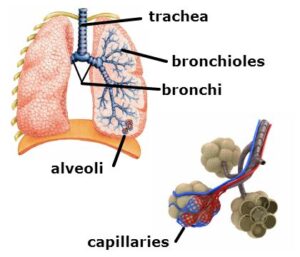
A clear, kid‑friendly article on lungs and the respiratory system explains how lungs, bronchi, bronchioles, alveoli, and the diaphragm work together to inhale oxygen and exhale carbon dioxide for healthy breathing.
Respiration in Organisms
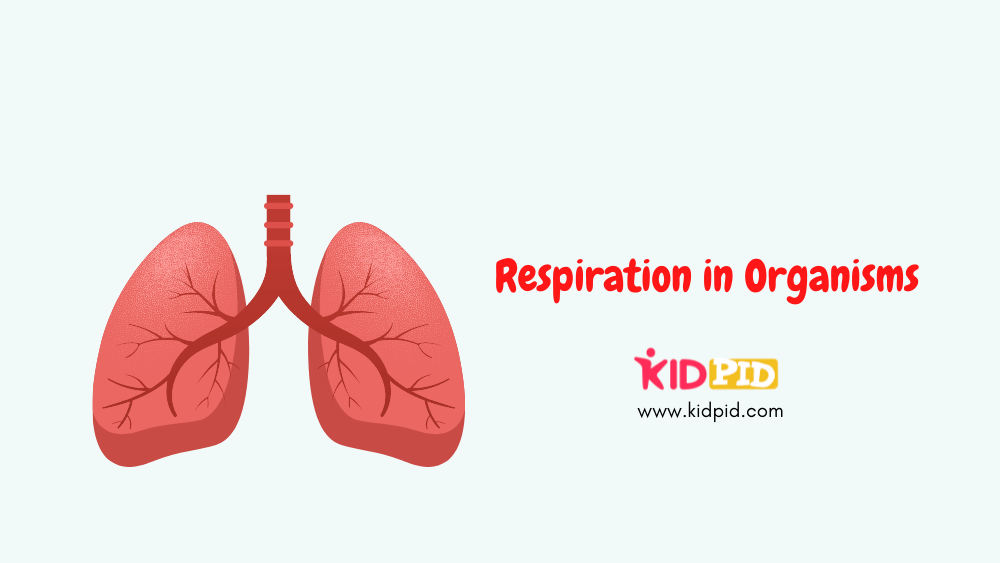
A clear, kid‑friendly article on respiration in organisms explains how respiration—both external (breathing in oxygen, releasing carbon dioxide) and internal (breaking down food for energy)—powers life for all living beings.
What is the Largest Organ?
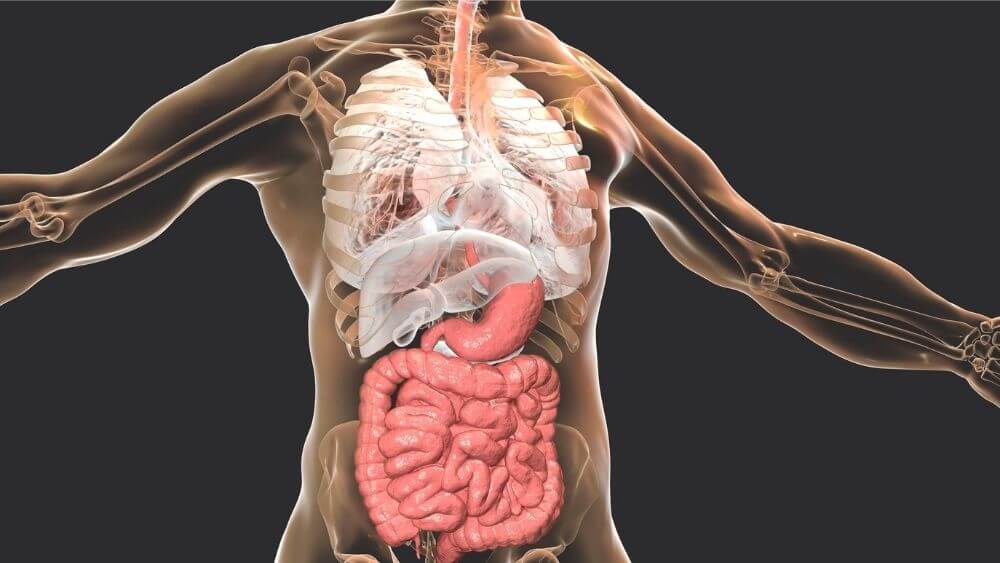
A clear, kid‑friendly article on “What Is the Largest Organ?”: explains that the skin is our body’s largest organ, covering about 20 ft², weighing ~15% of body weight, and protecting us daily.
Muscles – Skeletal, Cardiac, and Smooth Muscle
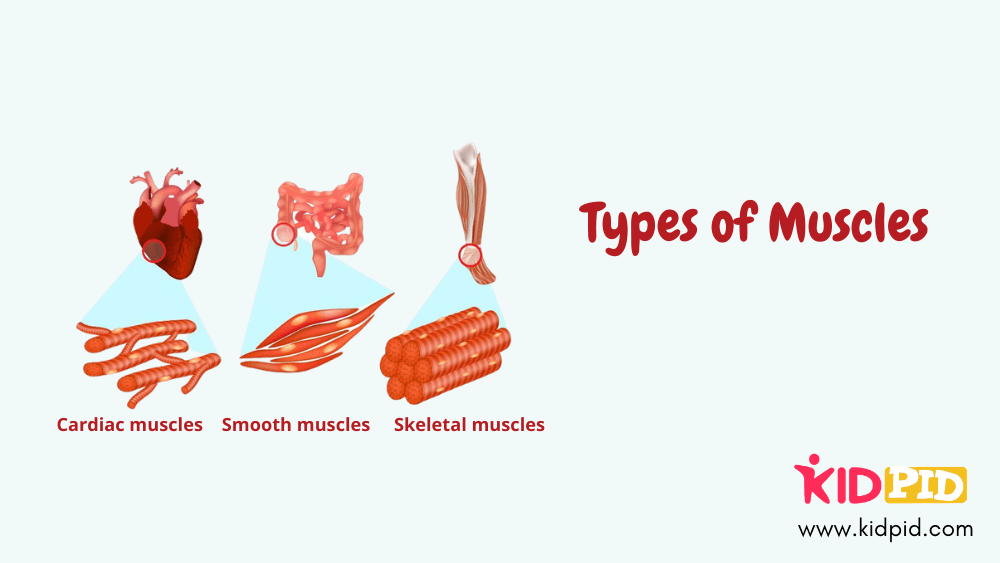
A clear, child‑friendly article explaining muscles: introduces the three types—skeletal for movement, cardiac for heartbeats, and smooth in organs—highlighting how over 600 muscles enable everything from running to digestion.






